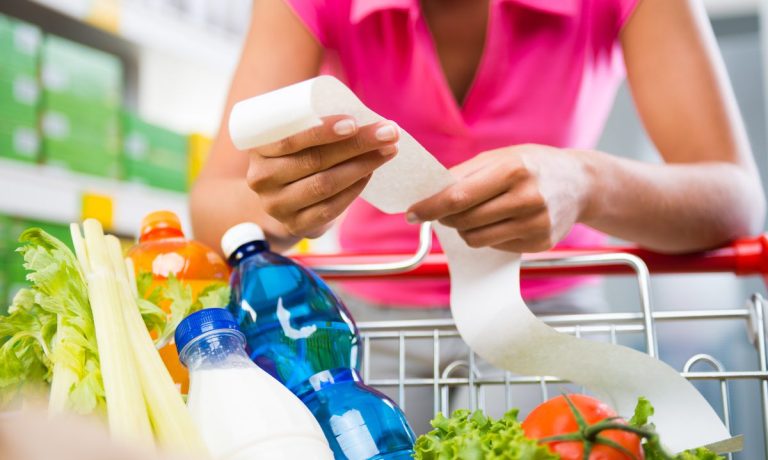
Double-digit increases in the price of gasoline and food combined to push the overall Consumer Price Index 8.6% higher in May, a move that not only topped economists’ already pessimistic fears but marked a fresh 41-year high in the cost of basic everyday life.
According to the Bureau of Labor Statistics, the index posted across-the-board cost increases in every category with notable advances in shelter, air fares, and new and used vehicles, as well as outsized moves in medical care, household furnishings, recreation and apparel.
The latest reading not only marks a new multi-generational high in the rising cost of goods and services but extends a steady rise in inflation that has now experienced a 5-fold increase since February of 2020 when the annual rate was just 1.7%.
More to Come
While the new high in the headline number has startled investors and markets today (June 10), it has been an all-too-familiar everyday reality for consumers who have been belt-tightening for the past year in the face of an acceleration in price increases that were at 5% in May 2021.
The ruinous economic ramifications of diminished buying power have been the primary source of concern for the White House and policymakers in Washington, but rate hikes and other steps taken to ease the cost crunch have clearly failed to slow the advance.
“Any hopes that the Fed can ease up on the pace of rate hikes after the June and July meetings now seems to be a longshot,” Greg McBride, chief analyst at Bankrate said on his official Twitter account. “Inflation continues to rear its ugly head and hopes for improvement have been dashed again.”
Making matters worse is the fact that gasoline prices — the single largest contributor to the latest and long-term increases in CPI — have risen another 14% in a month and 10% since the end of May, with AAA reporting the national average price per gallon of regular gasoline hit a record $4.99 today. That’s up over 60% from a year ago when the average price was $3.07 per gallon.
Exposure Everywhere
The trailing data clearly confirm what consumers and businesses already know and see on a daily basis as the infinite implications of runaway inflation continue to mount far beyond food and fuel and other daily essentials.
In addition to lost buying power, reordered spending priorities and reports of trade-downs to store brands and lesser-priced necessities versus discretionary items, the response to the across-the-board increase in costs has also sparked numerous knock-on effects that are equally ruinous and likely to lead to the second recession in as many years.
Rising interest rates, for example, have seen the yield on the benchmark 10-year Treasury Note double to 3.1% over the past six months, a move that has made the cost of borrowing new funds or holding most types of existing debt more expensive, a reality that has dampened consumer confidence and buying.
The impact on businesses can be seen everywhere.
“We continue to navigate industry-wide challenges, including inflation, where the latest food-at-home reading was 10.8% higher than last year,” United Natural Foods CEO Sandy Douglas told investors earlier this week, while also noting the bite from record high fuel and labor costs. “All of this continues to impact our business and our customers.”